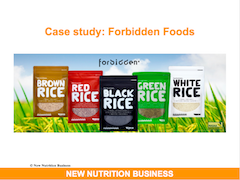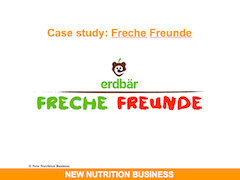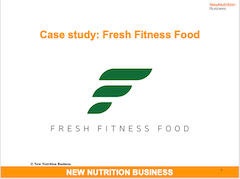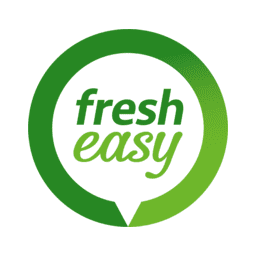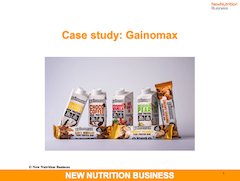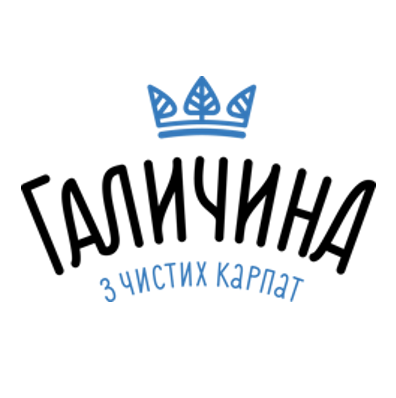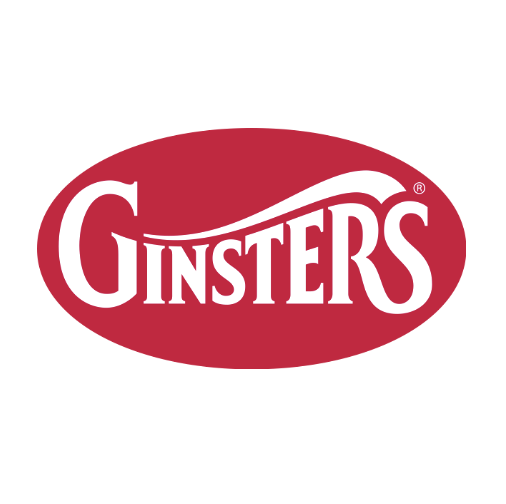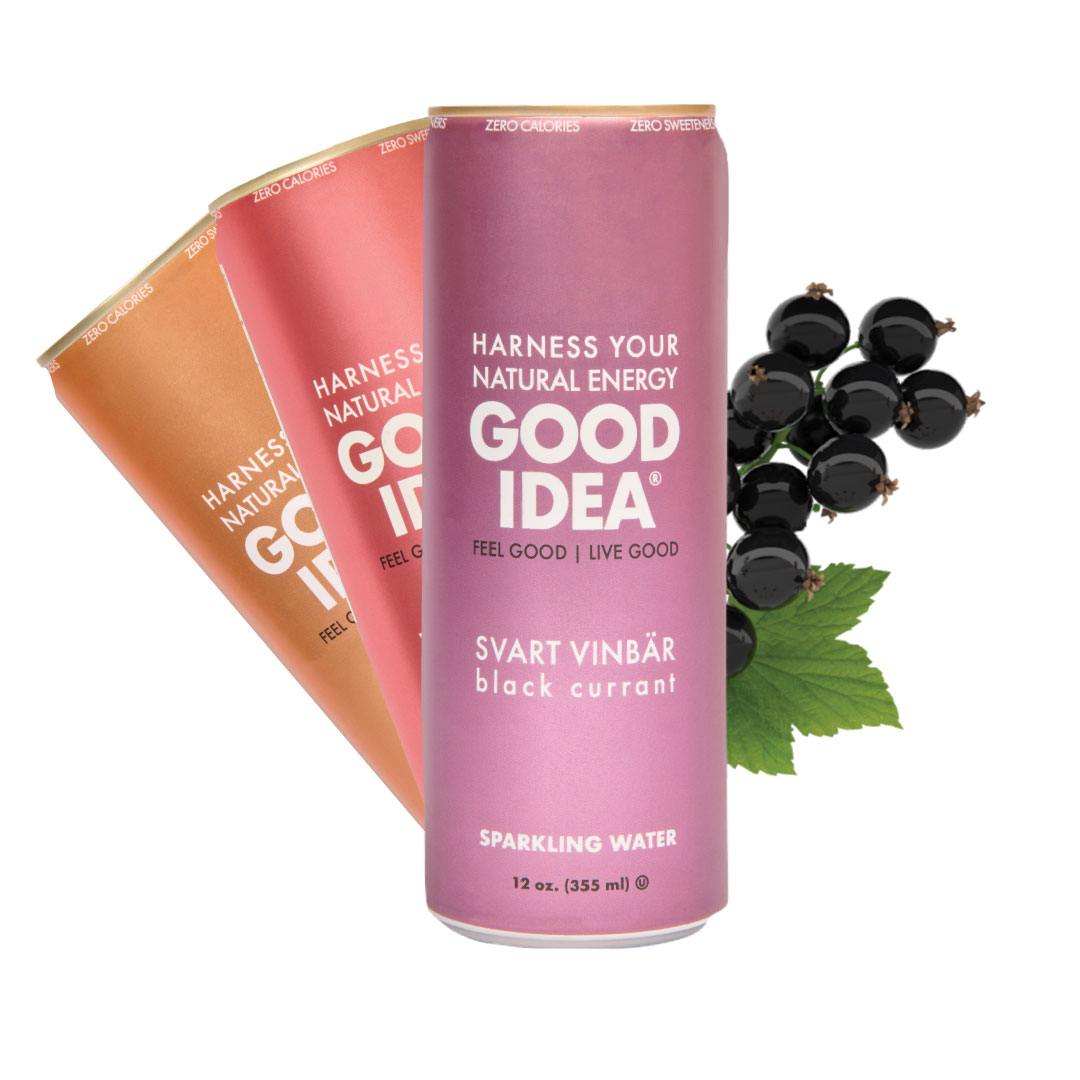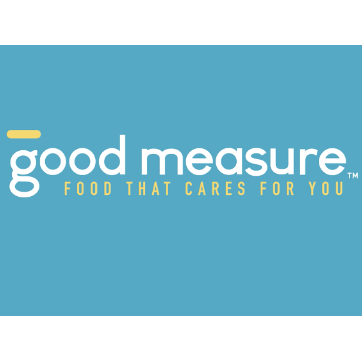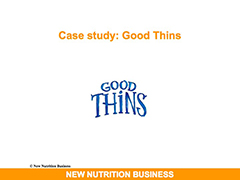Our case studies focus on brands and products that provide lessons from real challenges and opportunities which you can use to inform business strategy. They are packed with detail including brand portfolio, pricing, and communications and marketing strategy, merchandising and distribution, and come with a check list of key lessons learned.
Published: August 2018
Case study: Forbidden Foods
The Australian start-up founded in 2010 wants to “feed the world with the world’s best”, and are doing this by offering organic rice in different constellations. In 2017 Forbidden Foods entered the RTE market, with premium rice pudding made from black rice.
Download powerpointPublished: August 2018
Case study: Freche Freunde
After seeing the extensive range of healthy kids' snacks in the US, the founders of Freche Freunde decided to try and offer something similar in their home country Germany. Seven years later, they have a $30m+ company whose products are available in 18 international markets.
Download powerpointPublished: March 2019
Case study: Fresh Fitness Food
Born out of a frustration with the lack of access to tailored nutrition in London, Fresh Fitness Food today serves 10 cities across the UK with personalised meals delivered on a daily basis. With a strong focus on fitness and health the brand targets the busy, health-aware consumer looking to have all their meals personalised and freshly prepared for them.
Download powerpointPublished: November 2020
Case study: Fresheasy
South Korea's number one meal kit delivery service wants to “free the world of cooking” and shows how Covid-19 has forced a pivot in strategy.
Download powerpointPublished: June 2019
Case study: Gainomax
An entrepreneur saw a medical product’s potential for sports nutrition and created Gainomax in 1990. The brand is today owned by major Swedish dairy cooperative Norrmejerier and has grown to become the most well-known sports nutrition brand in Sweden.
Download powerpointPublished: July 2023
Case study: Galychyna
This Ukrainian dairy brand sets itself apart from competition by using fresh milk, provenance marketing and a simplistic yet colourful packaging design.
Download powerpointPublished: January 2023
Case study: Ginsters
Ginsters is the Cornwall-based maker of savoury pastries that has seen great success thanks to significant investment in NPD, thereby ensuring it remains interesting and relevant in the minds of the consumers.
Download powerpointPublished: August 2024
Case study: Good Idea
Good Idea was early in targeting the small but growing number of health-forward consumers who are thinking about blood sugar management. Its beverages combine five amino acids with chromium to lower post-prandial blood sugar and the brand saw a 170% growth in 2022, much thanks to social media.
Download powerpointPublished: February 2024
Case study: Good Measure
Good Measure is perhaps one of the most successful brands to come out of General Mills’ internal venture studio G-works. Wanting to “mainstream a blood-sugar-friendly lifestyle”, the brand targets the small but growing number of health-forward consumers who are trying to reduce blood glucose spikes by the food choices they make.
Download powerpointPublished: November 2017
Case Study: Good Thins
Good Thins was Mondelez’ first new product line since Belvita in 2012, and their first savoury snack brand in more than a decade. The line was created in response to consumer demand for snacks that start with real ingredients combined with intriguing flavours, baked thin and crispy.
Download powerpoint
